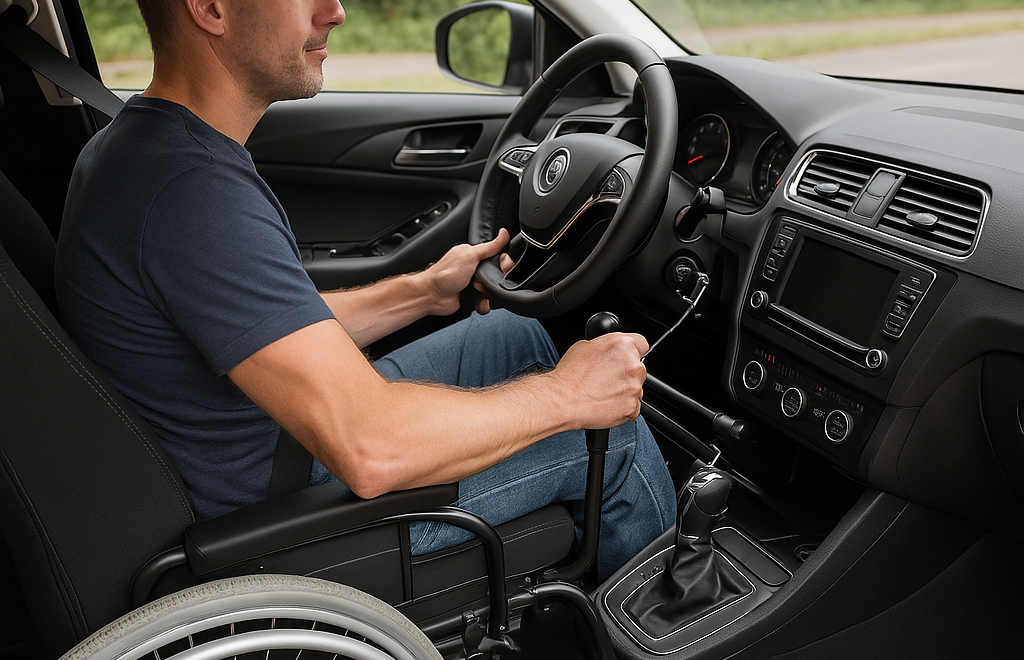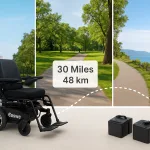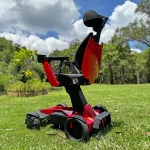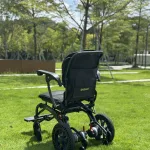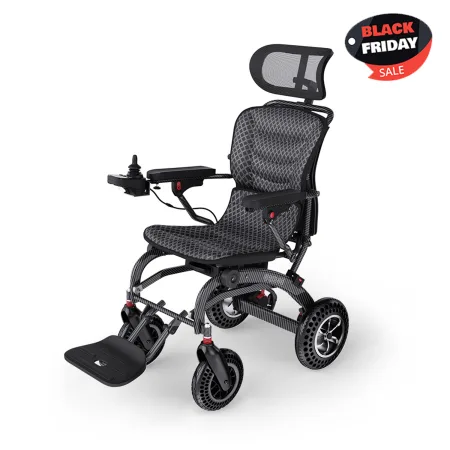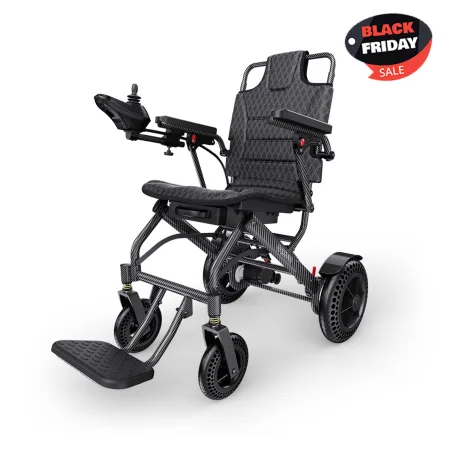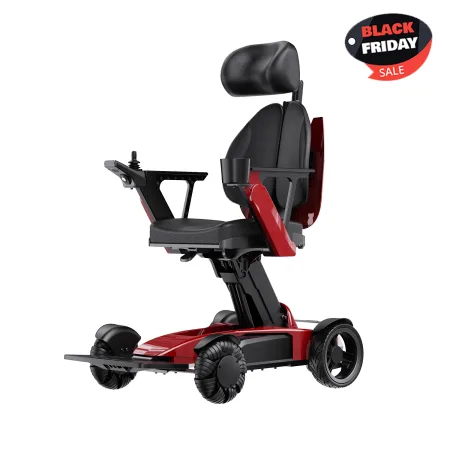For individuals with spinal cord injuries (SCI), driving can still be a viable option, depending on the level and severity of the injury. Advances in adaptive driving technologies and vehicle modifications have made it possible for individuals with paraplegia (paralysis of the lower body) or quadriplegia (paralysis of both the upper and lower body) to drive safely and independently. Here’s a comprehensive guide on how individuals with spinal cord injuries can drive, including necessary modifications and safety considerations.
1. Medical Evaluation and Assessment
Before getting behind the wheel, individuals with spinal cord injuries must undergo an evaluation by a certified driving rehabilitation specialist. This assessment determines the individual’s ability to drive safely and identifies the necessary vehicle modifications.
During the assessment, the specialist will evaluate:
- Physical abilities such as hand strength, coordination, and range of motion.
- Cognitive abilities to ensure the individual can follow traffic rules and make quick decisions.
- Driving skills with the use of adaptive equipment.
Once this evaluation is complete, the individual can proceed to practical driving lessons with a certified instructor who specializes in adaptive driving.
2. Vehicle Modifications and Adaptive Equipment
Individuals with SCI often require vehicle modifications to accommodate their specific needs. These modifications allow them to operate the vehicle using different methods, depending on the level of injury. Here are some common modifications:
a) Hand Controls
For individuals who cannot use their legs, hand controls are essential. These controls replace the foot pedals with levers or push-pull systems to operate the accelerator and brake. There are different types of hand controls, including:
- Push/Right Angle Hand Controls: Push forward to brake and pull back to accelerate.
- Pull/Push Hand Controls: Pull back to accelerate and push forward to brake.
- Lever Hand Controls: Use a single lever for both braking and accelerating.
b) Joystick Steering
For individuals who have limited use of their arms or hands, joystick steering systems replace the traditional steering wheel. The joystick allows the driver to control the steering, acceleration, and braking, all with one hand.
c) Spinner Knobs
A spinner knob is attached to the steering wheel to help individuals with limited grip or dexterity steer more easily. The knob allows the driver to maneuver the wheel with one hand and provides additional control, especially for those with limited mobility in their arms.
d) Modified Pedals
For individuals with limited leg mobility but enough upper body strength, pedal modifications such as extended pedals or pedal height adjustments can allow the use of foot pedals to operate the vehicle.
e) Vehicle Lifts
For individuals who cannot transfer from their wheelchair to the driver’s seat, vehicle lifts can assist in placing the wheelchair inside the vehicle. Lifts can be installed in various locations of the vehicle and help transfer the individual from their wheelchair to the driver’s seat.
3. Vehicle Choice
The type of vehicle can also impact the ease and comfort of driving for individuals with SCI. Many individuals with SCI prefer vans or minivans with ample space for wheelchair access and transfer. Vehicles with automatic transmissions are usually preferred, as they reduce the physical effort required to drive.
In addition, power-adjustable seats, removable steering wheels, and raised floors can also improve accessibility for drivers with SCI.
4. Driver’s License and Legal Considerations
In the UK, individuals who have undergone vehicle modifications and completed driving assessments can apply for a driver’s license with the appropriate adaptations. However, certain regulations and medical requirements must be met:
- Medical Certificate: Drivers with spinal cord injuries may need to submit a medical certificate to confirm their fitness to drive.
- Vehicle Modifications: If a vehicle is modified, it must be reported to the Driver and Vehicle Licensing Agency (DVLA) to ensure compliance with safety standards.
- Insurance: The individual may need to notify their insurance company about vehicle modifications to ensure they are covered in case of an accident.
5. Safety Considerations
Safety is paramount when driving with a spinal cord injury. In addition to vehicle modifications, individuals should consider the following safety measures:
- Wear a Seatbelt: Always use a seatbelt, and make sure it fits properly with the modified seat and controls.
- Regular Maintenance: Ensure that the vehicle’s adaptive equipment is regularly maintained and checked to ensure functionality.
- Adaptive Driving Training: Undergo continuous training to adapt to changes in abilities and driving conditions.
- Driving Environment: Avoid driving in challenging weather conditions until the driver feels confident and has received proper training.
6. Conclusion
Driving with a spinal cord injury is entirely possible, and many individuals with SCI lead independent lives with the help of adaptive equipment and vehicle modifications. With the right modifications to the vehicle, a thorough medical evaluation, and specialized training, individuals with paraplegia or quadriplegia can drive safely and confidently. The process may take time and investment, but the result is increased freedom and independence.
If you or a loved one is considering driving with a spinal cord injury, consult with a certified driving rehabilitation specialist and explore the best vehicle modifications to meet your needs.













